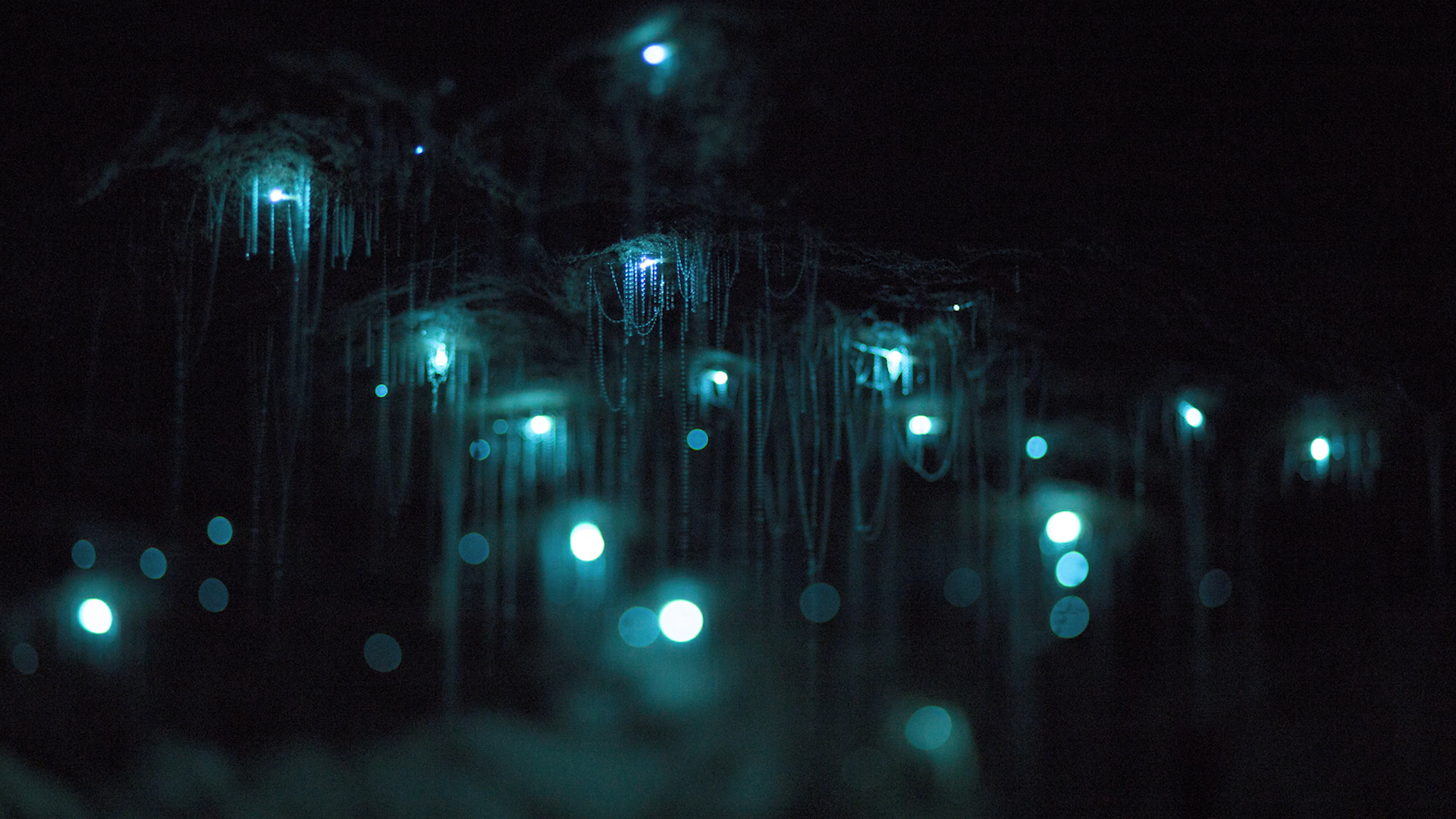
Larva glow is a warning signal for distastefulness and adult females produce green light to attract flying males. The common glow-worm ( Lampyris noctiluca) is a nocturnal beetle, whose larvae and sedentary females emit highly visible green light. Most of the glow-worm RNA viruses seem to be transmitted vertically, which may reflect the biology of glow-worms as non-social capital breeders, i.e., they invest stored resources in reproduction. Here we present the characterization of load, prevalence, and interactions for each virus. On average, an individual glow-worm had seven different RNA virus types and most of them appeared to establish a stable infection since they were found from glow-worms during two consecutive years. Similar viral sequences were found from the sequencing data of common eastern firefly of North America, a species belonging to the same family (Lampyridae) as that of the common glow-worm. We also found a complete retroviral genome. The viruses represent nine different virus families and have negative, positive, or double-stranded RNA genomes. We identified viral sequences from 11 different virus taxa by the RNA-sequencing of two Finnish populations of adult glow-worms. Glow-worms are virologically interesting, as they are non-social and do not feed as adults, and hence their viral transmission may be limited.

However, both their DNA and RNA viruses remain unknown. The common glow-worms ( Lampyris noctiluca) are best known for emission of green light by their larvae and sexually active adult females.


 0 kommentar(er)
0 kommentar(er)
